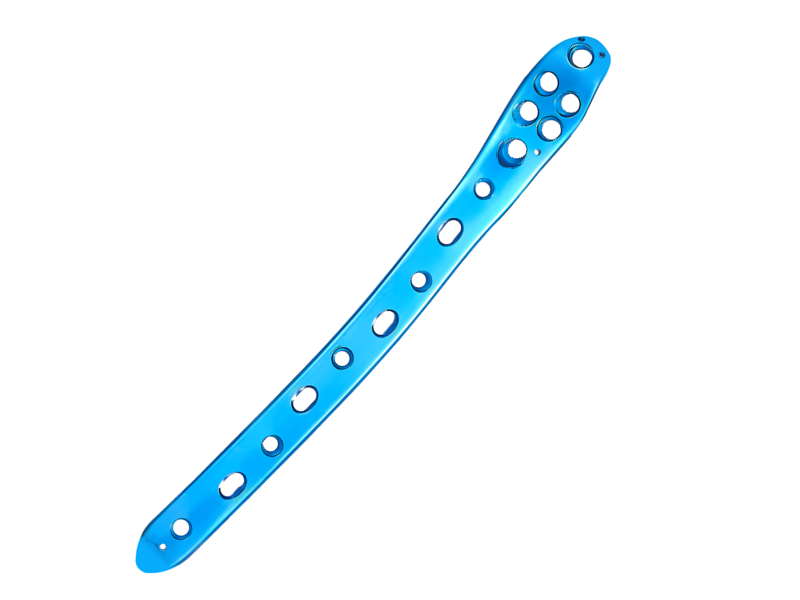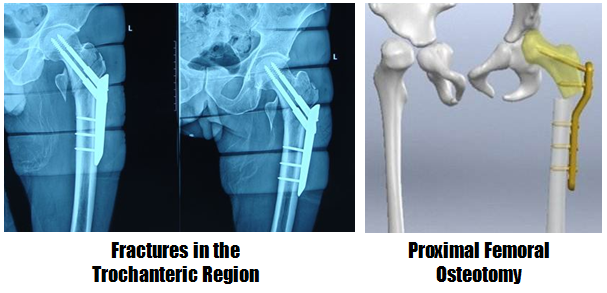

 Overview
Overview Part Number: 1506-1156 ~ 1506-3756 (Left F1295) 6506-1156 ~ 6506-3756 (Left F138)
Part Number: 1507-1156 ~ 1507-3756 (Right F1295) 6507-1156 ~ 6507-3756 (Right F138)
Femoral Locking Compression Plate Series
Proximal Femoral Serpentine LCP (Left & Right)
The SurgTech Trauma System is a plate and screw fixation system. Plates and screws are offered in “mini”,“small” and “large” set sizes in a variety of shapes based upon the anatomical fixation required.
TC20: New Material Without Vanadium Trouble
 Features
Features 
TC20 VS TC4
Advantage of Difference
1. The potential cytotoxicity of element V is eliminated and the material has good cytocompatibility. Instruments
Instruments  Indication
Indication 
Contact
Tel: (440) 899-2922 E-mail: chengbao@surgtech-med.com Address: 24600 Center Ridge Road, Suite 195 Westlake OH 44145